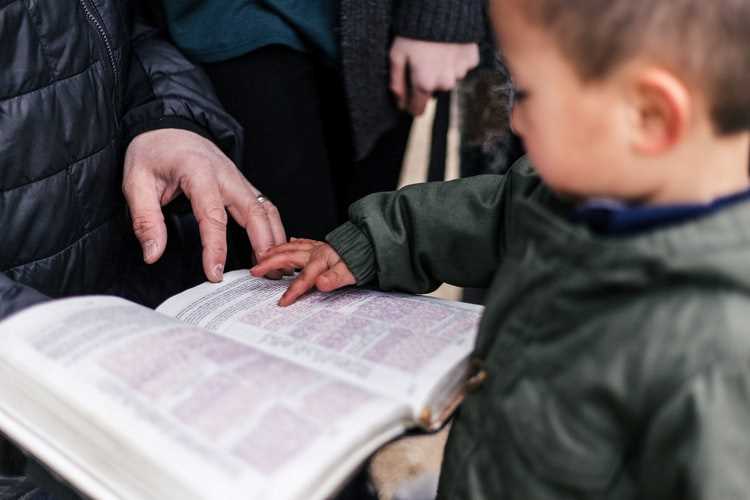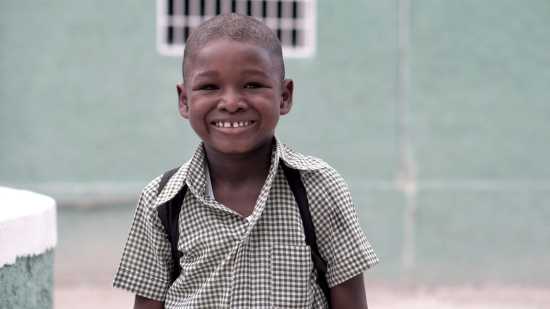Social Studies Activities for Kids: Make Them Fall in Love With The Subject


Social study is a vital subject to learn for children, especially for middle schoolers. It deals with the study of human beings and society. Among the topics it covers are their relationships, growth and development, behaviour, and the resources and institutions they utilise to succeed.
What are Social Studies for Kids?


The various subject areas of social studies (such as civics, history, and geography) focus on human relationships and how society works. Social studies education aids students in responding to differences within society.
A social studies curriculum comprises a coordinated, systematic study of such disciplines as anthropology, archaeology, economics, geography, history, law, philosophy, political science, psychology, religion, sociology, and relevant content from the humanities and mathematics.
Why is Social Studies Important for Middle Schoolers?


As citizens of a culturally diverse and democratic society in an interdependent world, social studies’ primary purpose is to teach young people how to make informed and reasoned choices for the public good.
Let’s understand the importance of some of the social studies subjects here:
Geography
The study of geography helps us understand our world. It helps children to learn about many different places on our planet where other people live. By exploring different places, students also understand the wide range of cultural differences around the world. As students discover more about cultural differences, they also find several similarities.
Civics
Civics helps the students understand that they are part of a larger society and that the group must function properly for the good of everyone. Citizenship is taught from the very first grades when students monitor classroom rules. Then it expands to more advanced classes where they study the electoral process, the branches of government, and how citizens interact with one another.
History
In addition to learning about their roles in society, students learn about their place in history by studying history. Students can learn how institutions, customs, and norms change as society evolves and how causes and effects impact the dynamics of relationships among individuals, groups, and nations.
How do I Teach Social Studies for Kids?
Generally, social studies are considered boring. A Midwest school district surveyed 6th and 12th-grade students about their attitudes toward social studies subjects. A total of 46 students answered questions about their favourite, least favourite, and most important subjects and about what was interesting in previous social studies classes.
As far as the importance of the subject is concerned, mathematics, reading, and English were considered more important than social studies. Many decided on their courses based on career goals. Seventeen percent chose social studies as their most important subject. Social studies were no favourite or least favourite subject for anyone.
But the subject is not boring at all. Traditionally, it has been taught in a boring way. Remember when you were in school, it was so boring to memorise all those names and dates. Students rarely name social studies as their favourite subject at the start of the school year, and most do not even know what social studies are about.
How Can You Make Social Studies Interesting for Your Kids
It’s much easier than you think! By incorporating some social studies activities for kids in their daily routine rather than making them mug up the syllabus, your child will be much more interested.
What are The Activities of Social Studies for Kids?
Here are some interesting social studies activities for kids which will make them fall in love with the subject!
#1. How would You Respond
Present the situation hypothetically before introducing a historical event. Consider getting your students to imagine or using photos and other images to share what the political climate and cultural environment were like at that time. People shaped history by the things they were willing to change and fight for, so it is important to get students to know their ancestors.
After students have taken some time to think about their responses to historical dilemmas, ask them to discuss their responses in groups.
#2. Link the Past to the Present
When you connect what your kids are learning to current events, history truly becomes interesting. By using analogies and popular culture references to help explain things, you can put things into context.
#3. Poems about People
Have students write poems about the people and places they learned about. For example, the poem can be written in the form of an acrostic, in which the first letter of each line begins with a letter from the person’s name. The lines describe the characteristics of the person through words or phrases.
#4. Art History
Almost every culture and time have artworks dating back tens of thousands of years. You can show kids paintings and sculptures from your chosen period and ask them to make inferences about the culture. Having a look at artwork can help children draw inferences about ancient people’s fashions, hobbies and interests, and the values they held dear.
#5. Create a Class Book about Your Community
Have students create a class book about how geography and climate affect the way we live. Discuss how their communities differ from each other. Probe into questions like: are there mountains or water nearby? Is it plain land? What is the weather like? How do these things influence people’s lives?
You can have students draw pictures of people living in each place, showing their clothes, food, homes, how they travel, and what they do for fun in each place. Under each picture, they can write a sentence describing how location and weather influence how people live in the community. Lastly, make a book out of all the students’ pictures.
#6. Visual Description
Pictures can be extremely effective in introducing new units, topics, or concepts. Click on ‘images’ in a search engine to find only pictures related to your subject. To help students understand the historical era or event presented, show them a few powerful images. Ask students to predict what the terms mean and what the picture represents.
Additionally, students can write questions about the images. This is a perfect activity to do during and after the unit. Students can interact with the images to demonstrate what has been learned.
#7. Paper Bag History
Students can collect or make items to represent a historical time period, person or event. The student can pull out one item at a time from the paper bag in a predetermined order for others to predict which event, person or period they represent. The rest of the class can write down their guesses and discuss them at the end before the child reveals who/ what the paper bag items represent.
#8. How can We Respect and Take Care of the Earth
Go out for trips and look for places to spread the message of environmental awareness. You should indicate where trash is to be disposed of and where recycling bins are located. Give children the option of reusing materials. For example, you can tell them to reuse the water bottle by filling it up again instead of dumping it.
Get More Exposure to Social Studies Activities for Kids with Real School Of Montessori
The Real School Of Montessori offers a one-stop solution for your kids to become more involved in social studies activities! One of the great things about our school is that we set realistic learning and growth goals for your kids. You can make sure that your kid will succeed in their studies with the help of our expert teachers. Our fun games and challenges will keep your child from becoming bored while studying.
Your children will receive a great all-around education at the real school Of Montessori. So what are you waiting for? Try out our free trial classes now to help your kid learn and grow more effectively.
Recent Posts
What are the Advantages of Online Teaching at The Real School?
In the article -"What are the Advantages of Online Teaching at The Real School?" we…
What is the Full Form of School?: Unveiling the Acronym
The term "school" carries profound significance in the realm of education, representing more than just…
What is Math Full Form?: Cracking the Code
Mathematics, often referred to as "Math," is a subject that elicits various reactions from students…
What is Full Form of Homework?: Decoding Academics
Homework, an integral part of the academic journey, often raises questions about its purpose and…
What is Full Form of Teacher?: Demystifying Education
In the intricate tapestry of education, teachers stand as the pillars shaping the intellectual and…
What is Real Education?: Discovering Its Essence and Impact
The concept of real education is evolving, transcending traditional views that equate it solely with…


